August 2, 2025 | 12:09 GMT +7
August 2, 2025 | 12:09 GMT +7
Hotline: 0913.378.918
August 2, 2025 | 12:09 GMT +7
Hotline: 0913.378.918
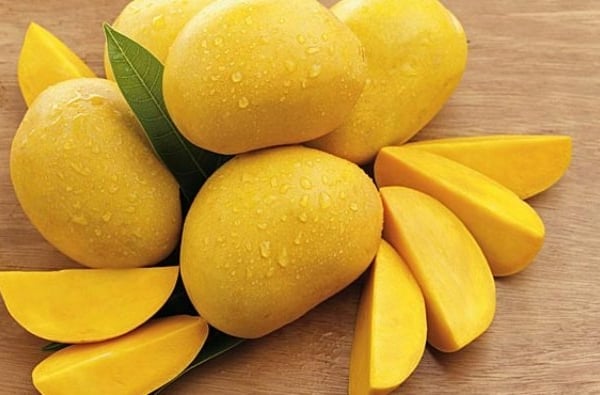
Mango imports from Vietnam to the US has strongly increased in the recent year. Photo: TL.
According to the U.S. Department of Agriculture (USDA), in 2020, the country’s importation of mango varieties reached 728,920 tons, valued at US$ 916 million, up 11.5% in volume and 12% in value over 2019.
Mexico maintains its position as the US’ largest mango supply market. During last year, mango imports from Mexico to the US reached 435,240 tons, valued at US$ 478.4 million, up 7.1% in volume and 8.3% in value over 2019. Mangoes from Mexico imported to the US accounted for 59.7% of the country’s total mango import volume.
In the aspect of exporting mango to the US in 2020, behind Mexico there are Peru (104,417 tons), Ecuador (54,414 tons), Brazil (52,603 tons), India (13,400 tons)…
Among the markets that supply mango to the US, Vietnam ranked 14th in 2020 and accounted for 0.3% of the total US import volume of mango with 2,097 tons and US$ 4.6 million.
However, the volume and value of Vietnam’s mangoes imported to the US have increased dramatically. In 2020, Vietnam’s mangoes imported to the US were 66% higher in volume and 70.1% higher in value in comparison to 2019.
Compared to major supply sources, the price of Vietnam’s mangoes imported to the US is higher than many others. To be specific, the average price of Vietnamese mango imported to the US in the previous year was US$ 2.2/kg, Mexican mango was US$ 1.1/kg, and Brazilian mango was US$ 1.01/kg... The average import price of mango to the US last year was US$ 1.26/kg.
Among the types of mango imported into the US by Vietnam, frozen mango occupies the largest proportion. In the past year, the US imports of frozen mangoes from Vietnam reached 1,150 tons, up 38.16% compared to 2019, accounting for 54.76% of the total volume of mangoes imported from Vietnam.
Fresh mango is the second-largest variety, after frozen mango, which the US imported from Vietnam. In 2020, the import volume of Vietnam’s fresh mango accounted for 0.14% of the total amount of fresh mangoes that the US imported and 36.6% of the total volume of mangoes of all types that were imported from Vietnam.
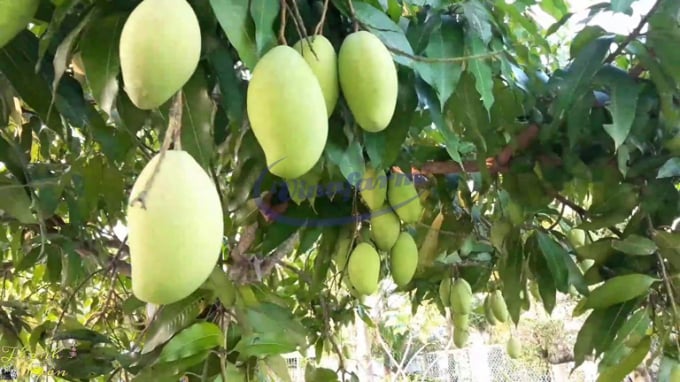
A mango garden in Vietnam. Photo: TL.
Apart from frozen mango and fresh mango, the US also imported processed mango and mango juice from Vietnam, but these products only accounted for a very small proportion of the total volume of mangoes imported from Vietnam to the US.
In accordance with the evaluation of the Import and Export Department (Ministry of Industry and Trade), processed mango and mango juice are potential products in the context of the complicated Covid-19 epidemic. Therefore, Vietnamese mango exporters need to focus on boosting the exportation of these products to the US in the coming time.
Translated by Samuel Pham
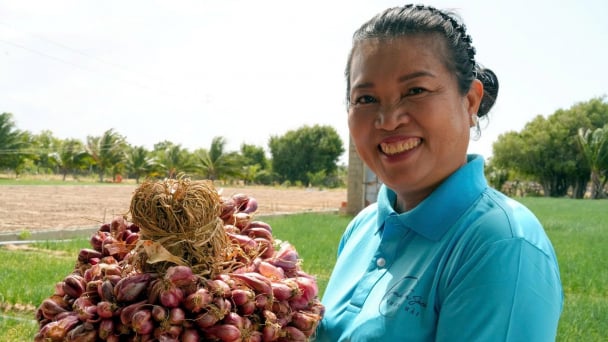
(VAN) The Nhon Hai Purple Shallot Agricultural Cooperative recently began exporting about 3 tons of shallots weekly, becoming the first in the former Ninh Thuan province to do so.
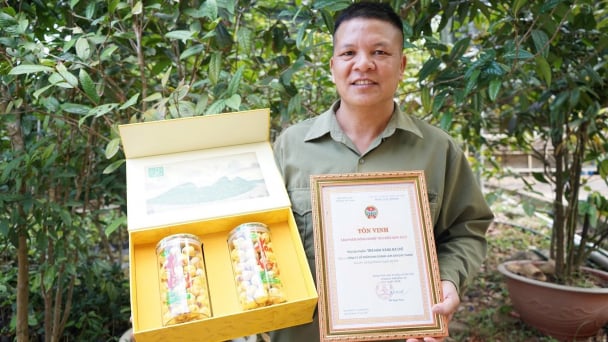
(VAN) OCOP products from Quang Ninh are gradually reaching international markets, with a focus on nationally certified 5-star products.
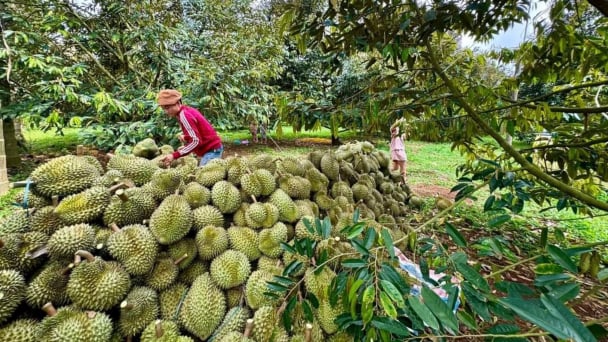
(VAN) After a sharp decline in the early months of the year, Vietnam's durian exports are experiencing a strong recovery, driving the overall rebound in fruit and vegetable exports.

(VAN) The volume of durians imported through Guangxi has surged as the region invests in logistics infrastructure and takes advantage of tariff incentives from the RCEP agreement between China and ASEAN.
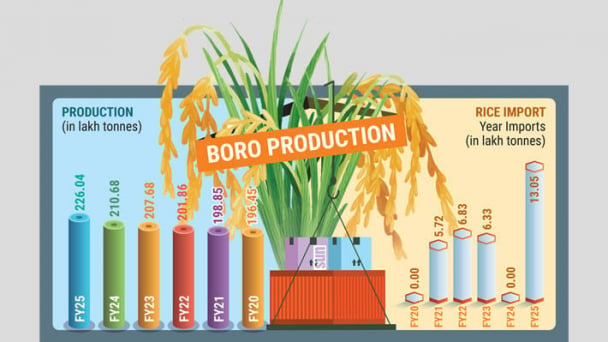
(VAN) Rice prices in Bangladesh have shot up over the past year, rising by as much as 16%, despite a record-breaking harvest this season and large volumes of imports in 2024-25 fiscal year.
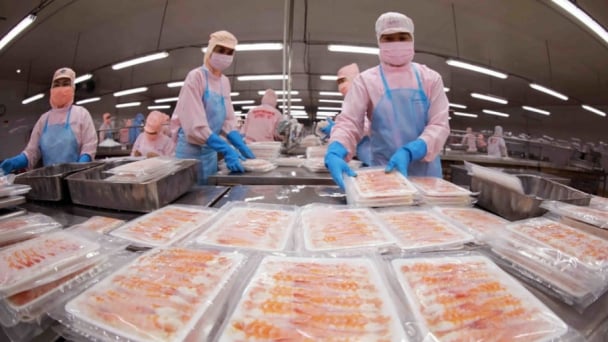
(VAN) U.S. seafood tariffs trigger major disruptions in global supply chains. Vietnam proactively shifts markets and strengthens internal capacity to maintain its export position.
/2025/07/26/1437-0-nongnghiep-221433.jpg)
(VAN) To achieve successful exports, Vietnamese agricultural products must tell a product story that aligns with current trends and reaches to the needs and emotions of international consumers.